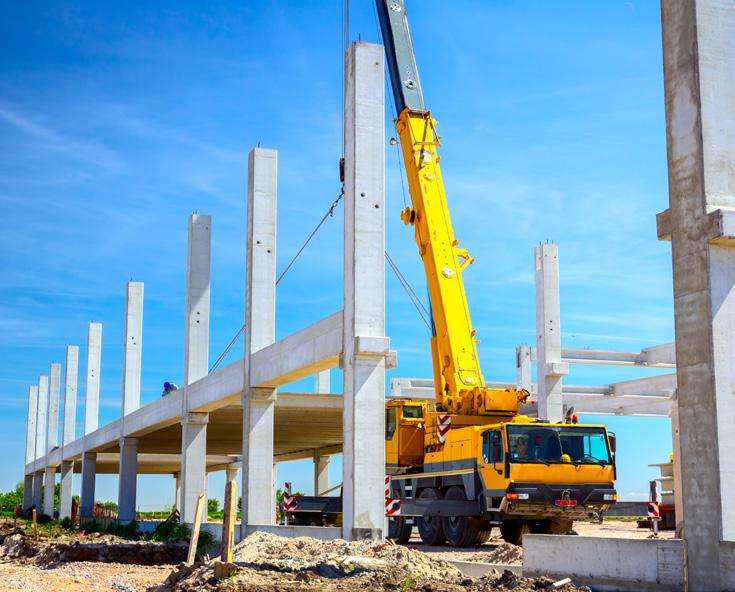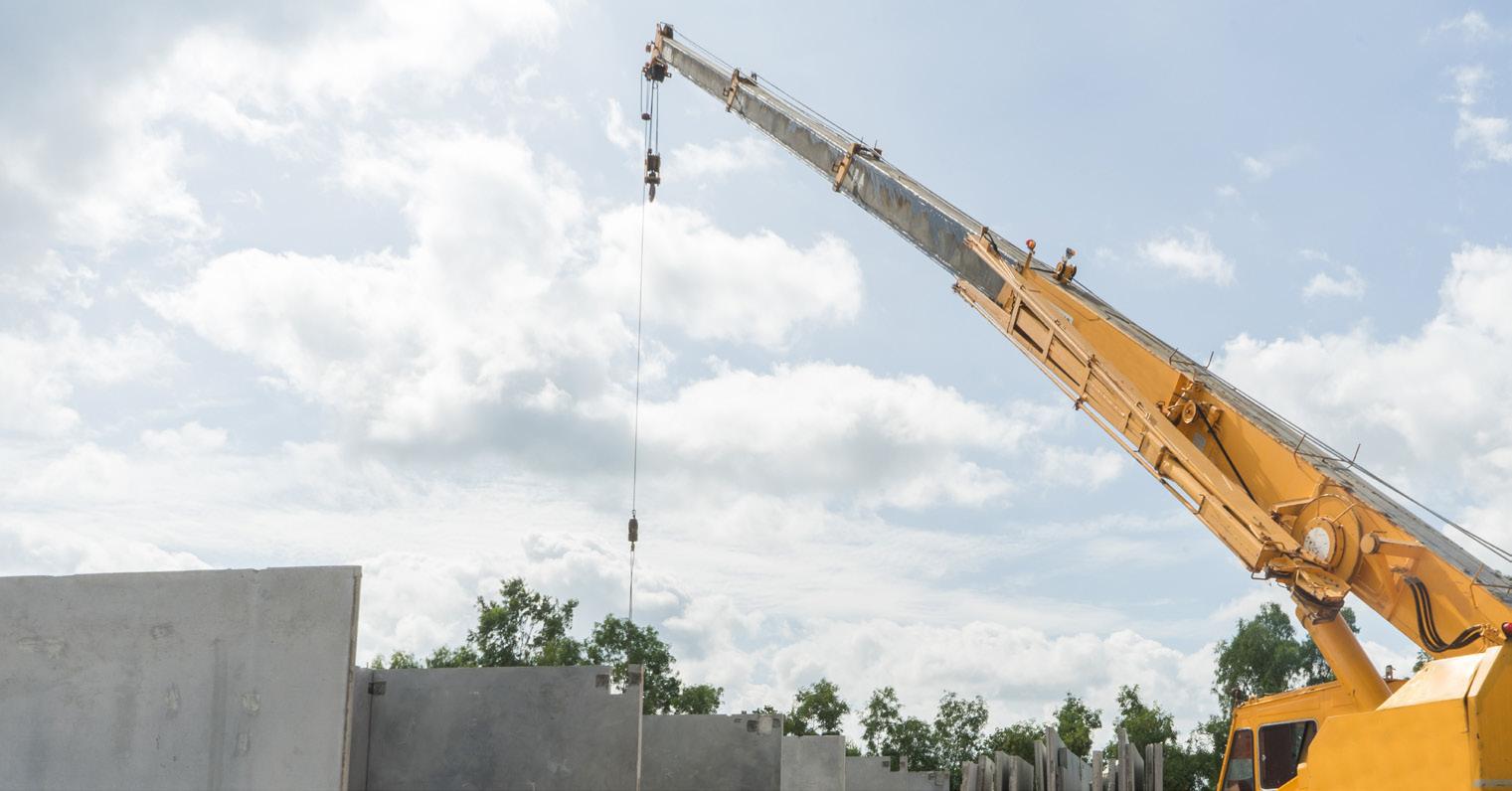
2 minute read
OPERATOR’S OPINION
My biggest tilt-up panel job was the Gold Coast Convention Centre in Queensland, Australia, where I was a foreman for Forest Constructions. We were lifting tilt panels onto a suspended slab with one crane. The panels were being temporarily propped for a second crane to then place into final position. We were using two Manitowoc M12000 crawlers.
Dan Blank has over 20 years’ experience in construction. Dan started his career as a carpenter building residential houses and high-rise buildings in New Zealand. After moving to Australia, Dan joined a specialist tilt-panel construction company where he spent several years working exclusively in precast concrete panel preparation and erection. Having also spent several years in marine and civil construction and ultimately transitioning to crane driving, Dan has a unique perspective on tilt-panel
Advertisement
Have you personally been involved in any tilt-up panel lifts? What happened and what did you learn?
and precast concrete erection.
One of the most important things I learned from this job was “ALWAYS DOUBLE CHECK”.
One day I asked the builder if an engineer had signed off on the back propping of the slab. He had advised me it was all done on the weekend and was ready to go.

My supervisor and I decided to do a walkthrough anyway just to double check. Lucky we did - after taking a look at the back propping we noticed that a lot of the
props were loose and not levelled. After finding loose back propping, we tightened all props again and had engineers sign off again before using crawler cranes on top of the slab.

What is the most common action or behaviour you witness in the field when operators don’t plan for tiltpanel lifts appropriately? How do you think we can fix it?
Tilt-panels are such dynamic loads because of their shape. Wind has a big effect on the load. The awkward shape also means steady placement on the ground takes a highly skilled and experienced operator. Unfortunately, the most common mistake I have seen is overriding of cranes. It is never acceptable to override the crane’s built-in warning functions – these are almost always telling you something very important. You must be hyper-aware of these when lifting tilt-panels because the environmental factors that might have just a minor impact on a normal lift will have a significant impact on a tilt panel lift.
The other mistake I have seen is attempting to execute unachievable lifts. Adequate lift planning is essential.
What do you feel is the most important safety issue affecting your particular role in the industry today?
At the front of my mind recently has been regular inspections and servicing of cranes and rigging. To relate this back to tilt-panel and precast erection, regular and thorough inspecting of any lifting clutches is critical. I know of incidents where lift clutch failure has had fatal outcomes.









